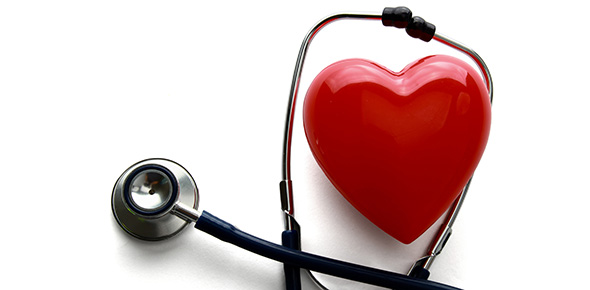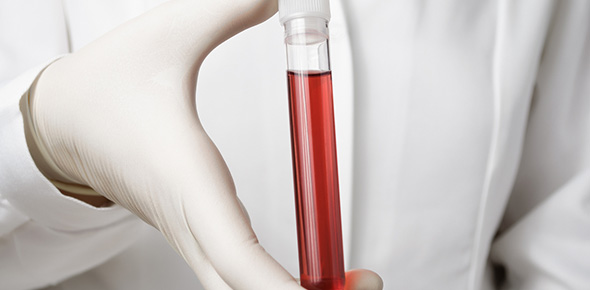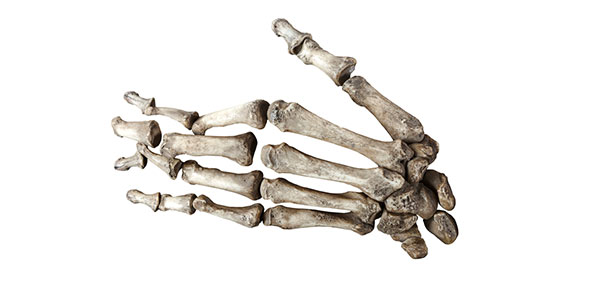Related Flashcards
Cards In This Set
| Front | Back |
|
The antibiotic, microcin J25, binds to RNA polymerase in bacteria. Which
of the following is the most likely effect of microcin on gene
expression in bacteria?
1. Translation will be altered, so that abnormal proteins will be synthesized by the microcin-treated bacteria. 2. Translation will be inhibited, so no new proteins will be synthesized by the microcin-treated bacteria. 3. Transcription will be inhibited, so no new RNA will be synthesized by microcin-treated bacteria. 4. Transcription will be altered, so abnormal RNAs will be synthesized by microcin-treated bacteria. |
3.
Transcription will be inhibited, so no new RNA will be synthesized by microcin-treated bacteria.
|
|
The antibiotic, streptomycin, binds to the ribosome. Which of the
following is the most likely effect of streptomycin on gene expression
in bacteria?
1. Transcription will be inhibited, so no new RNA will be synthesized by the streptomycin-treated bacteria. 2. Translation will be altered, so that abnormal proteins will be synthesized by the streptomycin-treated bacteria. 3. Translation will be inhibited, so no new proteins will be synthesized by the streptomycin-treated bacteria. 4. Transcription will be altered, so abnormal RNA will be synthesized by the streptomycin-treated bacteria. |
3. Translation will be inhibited, so no new proteins will be synthesized by the streptomycin-treated bacteria.
|
|
The first step in gene expression is
1. Binding of transcription factors to regulatory regions of the gene. 2. Replication of the DNA encoding the gene. 3. Transcription of the gene. |
1.
Binding of transcription factors to regulatory regions of the gene.
|
|
One consequence of gene regulation in a multicellular organism is that the proteins encoded by most genes
1. are present in all types of cells in the organism, continuously. 2. are not present in any cell during the life of the organism. 3. are present in all types of cells in the organism, but only at certain times. 4. are present in only some types of cells in the organism, and only at certain times. |
4.
are present in only some types of cells in the organism, and only at certain times.
|
|
Which of the following proteins is most likely to be encoded by a gene that is constitutively expressed?
1. RNA polymerase 2. DNA polymerase 3. Beta-galactosidase 4. Lactose permease |
1.
RNA polymerase |
|
In which of the following processes does regulation of gene expression
have a critical role?
a. development of an egg into a fetus; b. utilization of new environmental resources; c. production of antibodies 1. a only 2. a and b 3. b and c 4. all of the above processes |
4.
all of the above processes
|
|
The reason that the different types of cells in your body have different shapes and different functions is because
1. They have different genes. 2. They are different ages. 3. They express different genes. |
3.
They express different genes.
|
|
Regulation of gene expression in both eukaryotic and bacterial organisms
can occur at which of the following stages of gene expression? a.
transcription; b. RNA processing; c. export of RNA from the nucleus; d.
translation
1. only a 2. all of the above 3. all except c 4. all except b and c |
4.
all except b and c
|
|
Regulation of gene expression in eukaryotes can occur at which of the
following stages of gene expression?
a. transcription; b. RNA splicing; c. export of RNA from the nucleus; d. translation 1. all of the above 2. all except b 3. all except c 4. all except d |
1.
all of the above
|
|
The regulation of beta-galactosidase expression in bacteria is an example of
1. Constitutive regulation of gene expression 2. Positive regulation of gene expression 3. Negative regulation of gene expression 4. Neutral regulation of gene expression |
3.
Negative regulation of gene expression
|
|
Regulation of transcription involves binding of ______ to ________.
1. Transcription factors; promoters of genes 2. Transcription factors; DNA sequences 3. Effector molecules; mRNA 4. DNA polymerase; transcription bubbles |
2.
Transcription factors; DNA sequences
|
|
In prokaryotes, most of the regulation of gene expression occurs by regulating
1. Environmental factors 2. Protein modification 3. Transcription 4. Translation |
3.
Transcription
|
|
As a result of positive control of transcription,
1. Increased amounts of mRNA from a particular gene are produced. 2. Increased amounts of RNA from a particular gene are produced. 3. Decreased amounts of RNA from a particular gene are produced. 4. Decreased amounts of mRNA from a particular gene are produced. |
2.
Increased amounts of RNA from a particular gene are produced.
|
|
Repressors and activators are
1. Transcription factors 2. proteins 3. regulators of gene expression 4. all of the above |
4.
all of the above
|
|
An inducible gene can be
1. positively or negatively regulated. 2. Positively regulated. 3. Negatively regulated. 4. Constitutively regulated. |
Positively or negatively regulated.
|







